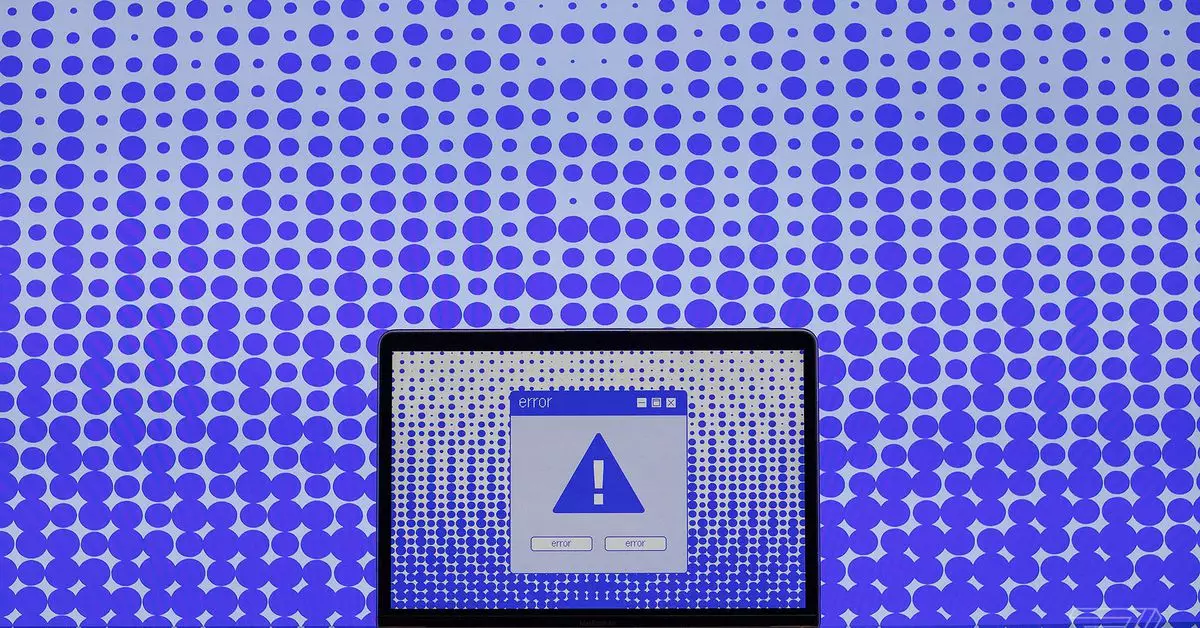In a significant setback for digital archivists and history enthusiasts alike, the Internet Archive has taken a major blow due to a recent cyberattack. This incident not only incapacitated its robust digital library but also rendered its Wayback Machine, a crucial tool for accessing web history, temporarily inaccessible. Brewster Kahle, the organization’s founder, has since updated the public regarding the situation, giving a glimmer of hope that services will resume shortly. However, this breach begs a critical examination of the organization’s cybersecurity strategies as it re-evaluates its defenses against a backdrop of increasing cyber vulnerabilities.
The cybersecurity breach has been characterized by a Distributed Denial of Service (DDoS) attack, famous for overwhelming the targeted servers with excessive traffic, ultimately bringing down the site. Alarmingly, this incident has exposed sensitive data, including email addresses and other personal identifiers associated with over 31 million accounts. Such a staggering figure emphasizes the scale of the breach and raises questions about data security protocols in place prior to the attack. Furthermore, a pop-up allegedly from a hacker claimed that the breach was “catastrophic,” further intensifying public concern surrounding the integrity and protection of user data.
As the Internet Archive remains offline, Kahle’s efforts to reassure users about data safety are commendable. His statement that “the data is safe” amid an atmosphere filled with anxiety indicates a proactive approach in communicating with stakeholders and the broader community. Although the services are temporarily suspended, the assurance of a timeline for resuming operations—”days, not weeks”—suggests a commitment to recovery. Nevertheless, caution must prevail as they traverse a complicated path back to normalcy, ensuring that security measures are fortified to prevent future incidents.
This incident has rippling consequences that extend beyond the Internet Archive itself. It serves as a crucial reminder that digital preservation efforts are as susceptible to cyber threats as any other sector. The involvement of cybersecurity expert Troy Hunt, who acknowledged receiving a file containing the stolen data, highlights the importance of vigilance in a digital landscape fraught with risks. Users must be made aware of the potential repercussions of such breaches, including the need for robust passwords and awareness of phishing scams that may exploit this event.
As the Internet Archive embarks on restoring its systems, it is critical for the organization—and similar entities—to innovate their security protocols and infrastructure. The rising frequency of cyberattacks underscores a need for more sophisticated protective measures. While the paralysis of the Internet Archive is a temporary setback, it should not overshadow the vital mission of preserving digital history. The journey to recovery will not solely be about resuming services; it must also emphasize resilience, adaptation, and the overarching goal of safeguarding valuable information for future generations.


Leave a Reply